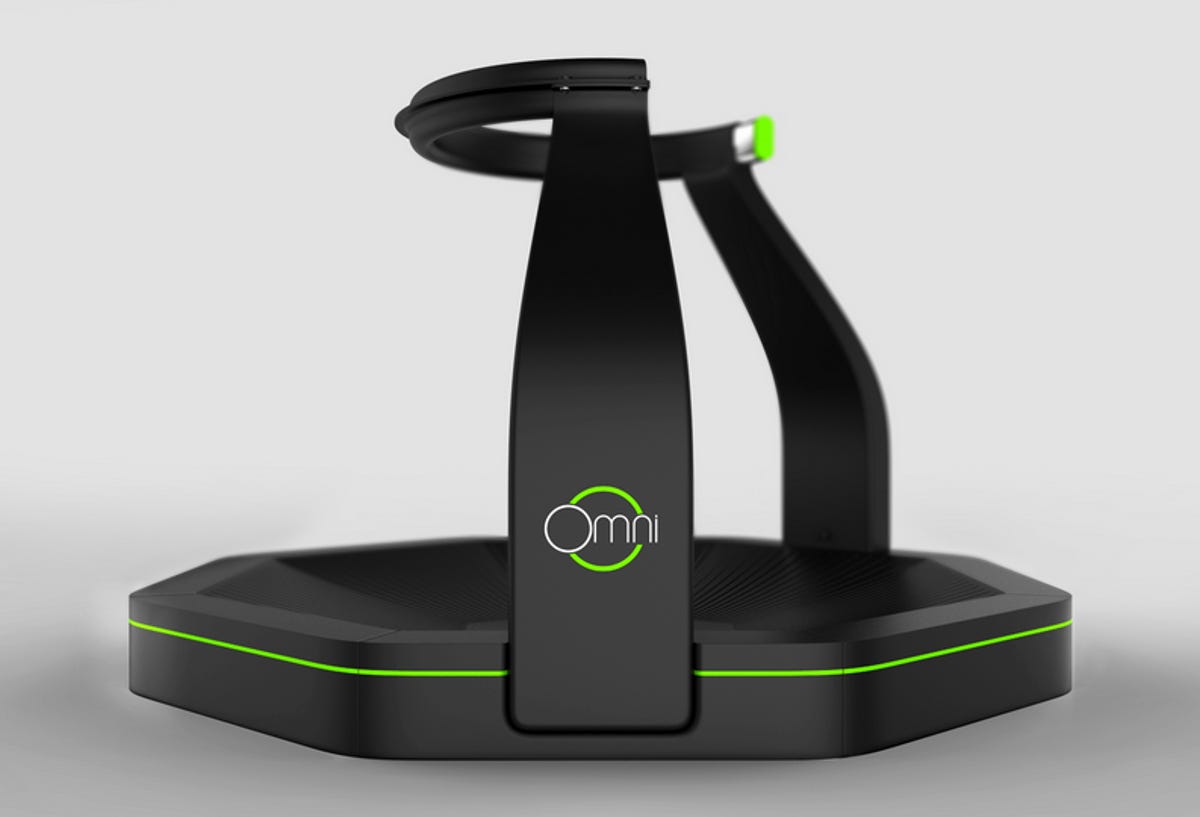The future, coming to life in 2014 (pictures)
There's a point at which science fiction becomes reality. For these products and services -- even jetpacks! -- the time is now.

Virgin Galactic
One out-of-this-world example: space tourism.
It's a romantic notion -- the idea that you can take to the stars without years of rigorous training, without working for NASA or another national space agency, and without having to work towards anyone's goals but your own.
In 2014, though, that romantic vision becomes a reality -- albeit only for those that can afford the $250,000 fee charged by Virgin Galactic, the world's first space tourism company.
Indeed, Virgin Galactic, run by Richard Branson, plans on making its first flights in 2014 out of the brand-new Spaceport America in New Mexico. And while passengers won't get to go to the moon, or visit asteroids, they will get outside the Earth's atmosphere.
When flights commence, passengers will be taken into the skies aboard SpaceShip Two, transported first by Virgin Galactic's WhiteKnight Two carrier craft.
Click through this gallery to explore more futuristic tech that should be ready for prime time in 2014.
SpaceShip Two in flight
Martin Jetpack
This may well be the world's first "practical" jetpack, according to the company. It can be flown either by a pilot or by remote control, and it's expected to be used initially by first responders or as a heavy lift unmanned air vehicle. Later, it will likely be introduced as a personal jetpack.
The jetpack, which has been in development for several years, can fly up to 18.6 miles or for 30 minutes, has a top airspeed of 46 miles an hour, and can fly up to 3,000 feet above sea level.
Watson in the cloud
Now, in 2014, IBM expects to roll out Watson as a cloud-based service. What that means is that software developers of all kinds will be able to build a wide range of apps that can take advantage of the computer's cognitive computing power. In other words, an extremely powerful computer can be made available to almost any business, via the cloud. Think of it as Amazon Web Services with a serious cognitive computing kick.
Although IBM hopes many types of businesses will utilize Watson in the cloud, the company is launching with three partners. The first is Fluid, which is using Watson to help build online shopping experiences that retailers can use to lure in new customers. Essentially, it's personal shopping via the cloud.
Another customer is MD Buyline, which is used by hospitals and other healthcare systems to make real-time decisions about medical device purchasing based on information provided by Watson. IBM's computer will effectively be a cloud-based research assistant, offering fast answers and recommendations.
The last launch customer is Welltok, which uses Watson in the cloud as part of a system meant to provide consumers with "intelligent health itineraries." These are give people personalized health management plans based on conversations with Watson.
Nymi
This isn't just another wrist band. It's not a fitness tracker. Instead, Nymi is a futuristic authentication system that people can wear on their wrists that communicates with a wide variety of sensors, confirming the wearer's identity via the signature of their own "unique cardiac rhythm." That allows the Nymi to establish a connection with many different devices which recognize the user because of the activated wristband.
Once Nymi has authenticated a user, a proximity sensor and motion detector lets the wearer perform a number of different tasks, such as opening a car door or trunk with basic hand gestures or automatically signing into a tablet just by picking it up.
By authenticating a user's identity, Nymi lets that person control any number of devices, including a computer, a smartphone, a car, and many others. It constantly authenticates your identity until it's removed. If another person tries to use it, it will detect the different cardiac rhythm and lock that person out.
New Oculus Rift
Game players and virtual reality experience designers of all stripes have been very excited about the advent of the Oculus Rift, and that's even more true now that Andreessen Horowitz has led the company's $75 million funding round.
The head-mounted goggles are designed to offer full stereoscopic 3D, and the company boasts that the system can make people feel as though they're actually in the environment that they see through the VR goggles.
Now, the new version may be able to do away with one of the few downsides -- the motion sickness associated with wearing a headset that provides such an immersive environment.
Solepower
That's the promise of Solepower, a system meant for 2014 release that converts the motion of people's footsteps into energy.
For now, the Kickstarter-funded system is aimed only at generating enough power through its shoe insert to run small devices like smartphones, GPS devices, and music players. But who knows how quickly it will advance to more powerful machines.
Still, the system is already advanced enough, according to Solepower, to create enough power during a 2.5 mile walk to recharge a smartphone.
Among the likely markets for the technology: military, forest rangers, and people involved in natural disasters. It is also thought to be powerful to those living in remote areas with little access to electricity.

Virtuix Omni
While the Oculus Rift and other devices are limited to giving gamers and VR users goggles, the Omni gives them the ability, when combined with the Oculus Rift or other VR goggles, to stand up and explore virtual worlds by walking naturally with their own feet. The system was built to give these users an even more advanced sense of immersion than does the Oculus Rift alone, Virtuix claims.
"The Omni will free gamers from passive, seated gameplay," the company says, "unleashing the full potential of virtual reality gaming with the Oculus Rift and future head mounted displays."
Virtuix says that the Omni -- which has a base made from a gooved, low-friction surface, and which incorporates special footwear that keeps the user's feet stabilized while avoiding lateral sliding -- can be used for much more than gaming. Other natural applications include virtual tourism, simulation and training, virtual tradeshows and events, virtual workplaces and museums, and much more. Any movements that are usually tied to a keyboard or mouse can be mapped to the Omni, the company says.
Radiate shirts
Radiate athletic wear is meant to give users a sense of exactly how intense their workouts are by changing colors in real-time to reflect the thermo-output of their bodies.
It works, Radiate says, because "special atoms within the fabric will gain a carbon electron when valence electrons are accelerated through the application of heat, affecting the way that the atoms reflect light-waves." That's shorthand for saying the the color of the fabric will reflect the intensity of the workout, getting more colorful the more physical work the user has done.
Radiate isn't the only company trying to make high-tech clothes to help you get fit. Athos workout gear, which is available for preorder with a target ship date of summer 2014, has embedded muscle-tracking sensors that can monitor many aspects of your workout with extreme precision.

